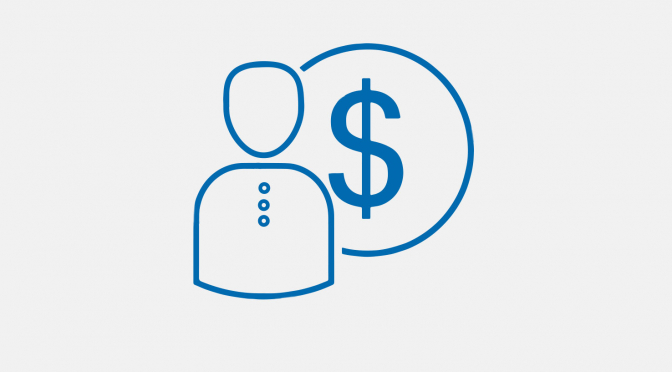Get more work from customers who value quality
So you’re not the lowest-priced painting contractor around.
That’s fine. Certainly, a lowest-price strategy might earn you additional work, but the margins will be thin, your profitability will suffer, and the type of customer you land will typically be less likely to offer a referral or future repeat business. So while a low-price strategy sometimes make sense, it shouldn’t be your norm.
So how do you overcome objections to your pricing and build your business more profitably with a more loyal customer base? Here are a few ideas that will help sell your value proposition.
Offer professional marketing materials. You can make a lasting impression that your business will stand out from the rest if your marketing materials stand out as well. Differentiate your services with a professional-looking bid using the Project Bids tool on the SW PRO+ app and with additional marketing materials using the Customizable Marketing Materials (CMM) tool available with a PRO+ online account. Your bid will be followed up by project guides and product information sell sheets from the CMM tool that can be used to help you upsell to premium paints. These materials can also be customized with your company name, logo, and contact information, all building the quality perception of your services.
Believe in you. Do you believe your price is fair? You should, or you shouldn’t be charging it. And it’s much easier to sell if you believe your pricing results in a great deal for your prospect. So prepare to discuss everything that builds value into the bid that may be higher than your competiitors’ — the skill and training levels of your crew, the tangible quality of the Sherwin-Williams products you use (demonstrated by the product sell sheets delivered by the CMM tool), the previously demonstrated on-the job efficiency, the record of satisfied customers. You know you’re good at what you do, and you’ve invested significant time and resources in your team’s ability to deliver top-notch work.
Find out how high is too high. If you’ve learned that your bid has been rejected due to pricing concerns, a careful conversation might provide you some useful insight on exactly where you stack up in pricing. The key is to discuss price with empathy. So you might start a question with, “I understand your concerns about pricing. May I ask what price you feel comfortable spending on such a project?” You may learn that you were underbid by just a couple hundred dollars. You may learn that you were off the mark by thousands and might need to rethink your pricing strategy. Or you may learn that the prospect had no idea what a painting project would cost, and is unlikely to commit to a project at any reasonable price point.
Consider good-better-best pricing tiers. Many industries offer good-better-best pricing bundles. They can be used to attract both high-spending prospects who demand premium products, or more value-conscious customers. The options provided by the good-better-best model could be a gateway to identifying prospects who are willing to pay for quality. Ideally, the value of your work is a constant in such an approach, and the variable is in paint product offering. While you don’t want to win “the race to the bottom” for lowest-price shoppers, there’s a difference between that and making your service accessible at a price that is still profitable. Just make sure your “good” price tier does not undervalue your labor.
Make a positive first impression. Everything about your operation should sell the quality perception. The way you look and dress, the way your work crew looks and dresses, your equipment, your tools, your truck — if you want to be paid premium prices for quality work, be sure you look like you’re capable of delivering it.
Listen… and be ready to walk away. If you do have the opportunity to discuss pricing, great! You’ve been presented an opportunity to gain market insight, free of charge. That doesn’t mean, however, that you’ll always find common ground in pricing discussions. And as hard as it is to walk away from a potential sale that appears to have met a stalemate, be prepared to do so. You can’t sell yourself short. And, sometimes, the potential business you walk away from might come walking back toward you.

